There is a small museum in the Visitor Center and multiple guided tours of the mansion are offered Thursday-Monday for a cost of $6/adult (there is no charge to enter the state park).
Tours are offered at 9:30 am, 10:30 am, 1 pm, 2 pm, 3 pm and 4 pm. We arrived at about 1:45 pm, so I purchased a ticket for the tour. John and Sadie did some exploring around the 16-acres of the park and waited for me to complete the 40-minute tour. This sundial shown below was installed here in 1937.
The antebellum mansion was built by slaves and some local craftsmen with primarily native materials between 1845-1850. The walls of the mansion, built with tabby, are about 2' thick to help keep the house cool and to enable it to withstand severe weather (hurricanes). The rear part of the house where the kitchen, slave workroom, and two upstairs rooms was built first. Separated by a walkway, the much larger front part of the house was built next with a the sitting room, dining room, office, and two large bedrooms with a second floor veranda on three sides.
The tour began in the sitting room. The furnishings of the mansion are period pieces and represent the manner in which the house was likely decorated.
A picture of Gamble (in his later years) hangs over the fireplace in the dining room. The crescent bowl above the dinner plate was where diners would place the bones of the meat they ate. And the small crystal bowl to the left was a salt cellar. Diners would take a pinch of salt (or two) and sprinkle on their food.
The desk and floor cloth were in Gamble's office. Floor cloths were common during the time, because carpets were not readily available. Slaves normally painted them creating designs around the borders.
Eventually accumulating about 3,500 acres, the plantation produced large amounts of sugar. In addition to the mansion, outbuildings, slave quarters (for 200) and a wharf on the Manatee River were built. Sugar and molasses were shipped (primarily to New Orleans) by schooner and steamboat.
All of the cooking was done in this fireplace by house slaves. Some food was prepared in the cast iron skillet, covered, and placed in the hot ashes in the fire place. Small holes were punched into the tin of the pie safe to keep insects away from pies as they cooled. The small white dish is a ceramic feeding "bottle" for infants. Difficult to adequately sanitize at the time, many infants died of bacterial infections.
The slave workroom was located next to the kitchen. Skilled slaves worked here making cloth from cotton; candles; quilts; and shoes (see the cobbler bench). The bathtub was carried up to Gamble's second-floor bed followed by buckets of hot water for his bath, also by slaves.
Unpredictable weather (causing failed crops) and the sharp decrease in the cost sugar drove Gamble into deep debt by 1856. He sold the plantation in 1859. He returned to Tallahassee where he married and took over his father's plantation.
The sugar mill was destroyed in 1864 by Union soldiers. During the Civil War the house was used by Captain Archibald McNeill, a Confederate blockade runner. In May, 1865, Judah P. Benjamin, Confederate Secretary of State, stayed here while making his escape to England. He stayed in the front bedroom remaining out of sight until he slipped out to catch a schooner on the nearby Manatee River. Although the US attempted to have him extradited back America, because he was born in St. Thomas, England refused to do so. A lawyer in the US, he became a barrister in England lived until 1884.
We ascended the exterior steps to the second floor. The two side porches provide a lovely view of the area. We entered the bedroom (where Benjamin stayed) from the porch at the front of the house.
A portrait of Benjamin hangs over the fireplace. Because of the mosquitoes, people wore long-sleeve nightshirts to protect their arms and legs from them. The wooden tool hanging from the door handle was used by slaves to plump the feather mattress. Learning to plump and smooth the bed well was considered an "art" and took 45 minutes each night per bed. Yikes!
This is the second large bedroom on the second floor in the front part of the house had this canopied, rope bed. The ropes could be tightened up thereby reducing the "sag" in the of the mattress. Also, the "bed roll" provided an extra blanket that could be easily pulled for more cover at night. A chamber pot or the wooden box (called a thunderbox, a slang term for toilet), was available for use during the night. Of course, the slaves had to empty them in the morning (which must have been awful). Visiting these types of places really brings to life the horrible plight of slaves in the US during those years.
From the second floor porch, we could see these two memorials. The one on the left is a memorial to Florida veterans of World War I. The one on the right is dedicated to Confederate veterans of the Civil War.
Behind the white picket fence are 4 pits, also built of tabby, used to smoke/cure meat.
This concluded the guided tour. I rejoined John and we strolled around the grounds. This is the walkway between the front and rear part of the mansion. This bell was to call the slaves in from the fields to the house.
This cistern held 40,000 gallons of rainwater as Gamble understood that failure to provide clean water for all would be disastrous. It was built of tabby (like the house) and the lime helped to clean the water. Also, Gamble put minnows in the water to eat the mosquitoes. Therefore, when you pulled up a bucket of water, you just had to check for fish!
We enjoyed our picnic lunch at a table in the pavilion and then strolled around the grounds together. The two sugar cane-grinding machines are similar to those used on the plantation in the 1950s.
There is a second house on the property that was built in 1890 by Dudley A. Patten, the son of the man that purchased the property. It is currently used by the United Daughters of the Confederacy.
Before leaving the park, we each took a quick tour of the museum (while one of us stayed outside with our doggie, Sadie). It tells of the history of the plantation and the area during the mid 1800s, the Civil War and post-war eras with exhibits and artifacts. The portrait is of General Robert E. Lee. Also shown is a uniform of the Confederacy.
For additional information about this Florida historic state park, click on this link: https://www.floridastateparks.org/park/Gamble-Plantation. It can be reserved for weddings and other events, if desired.

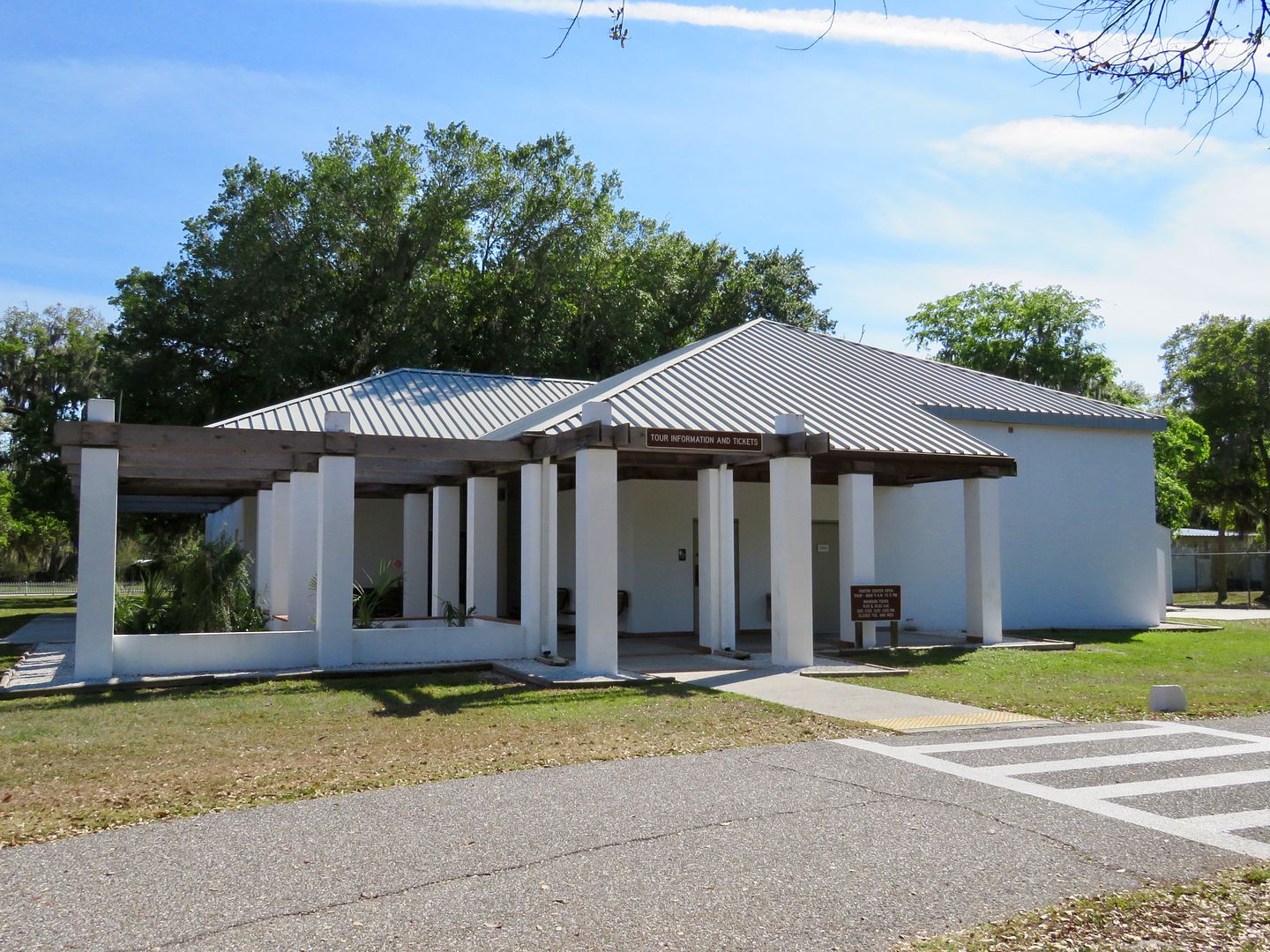
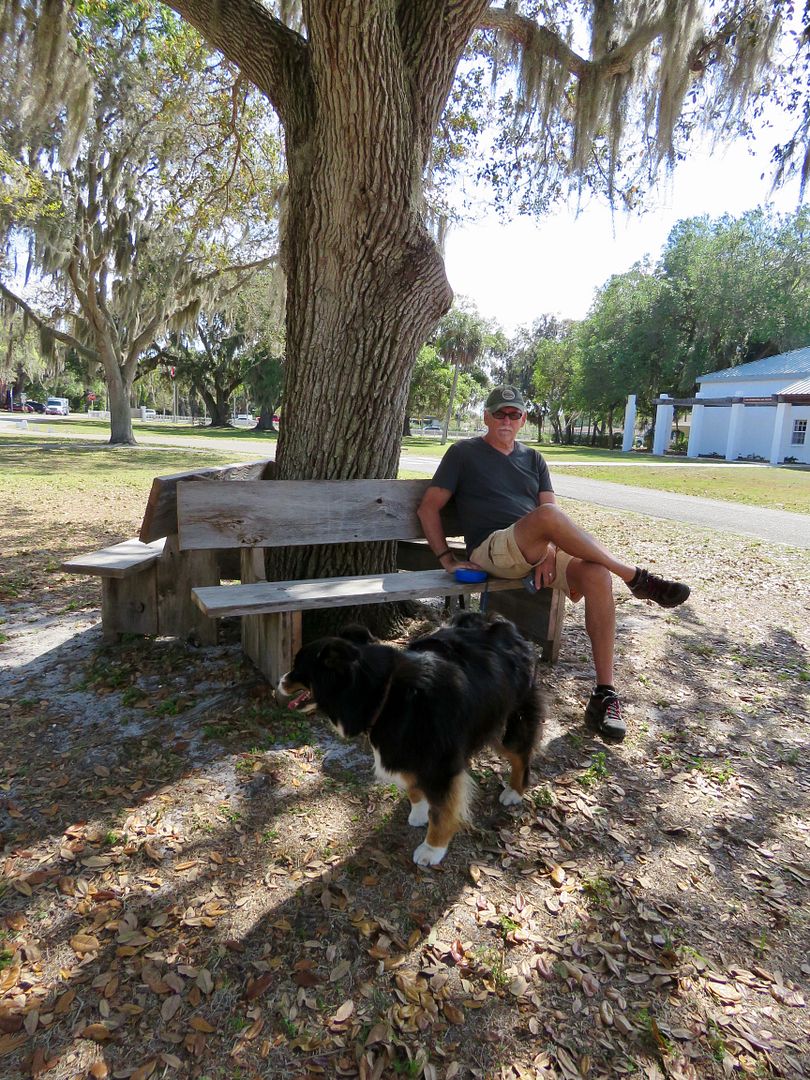

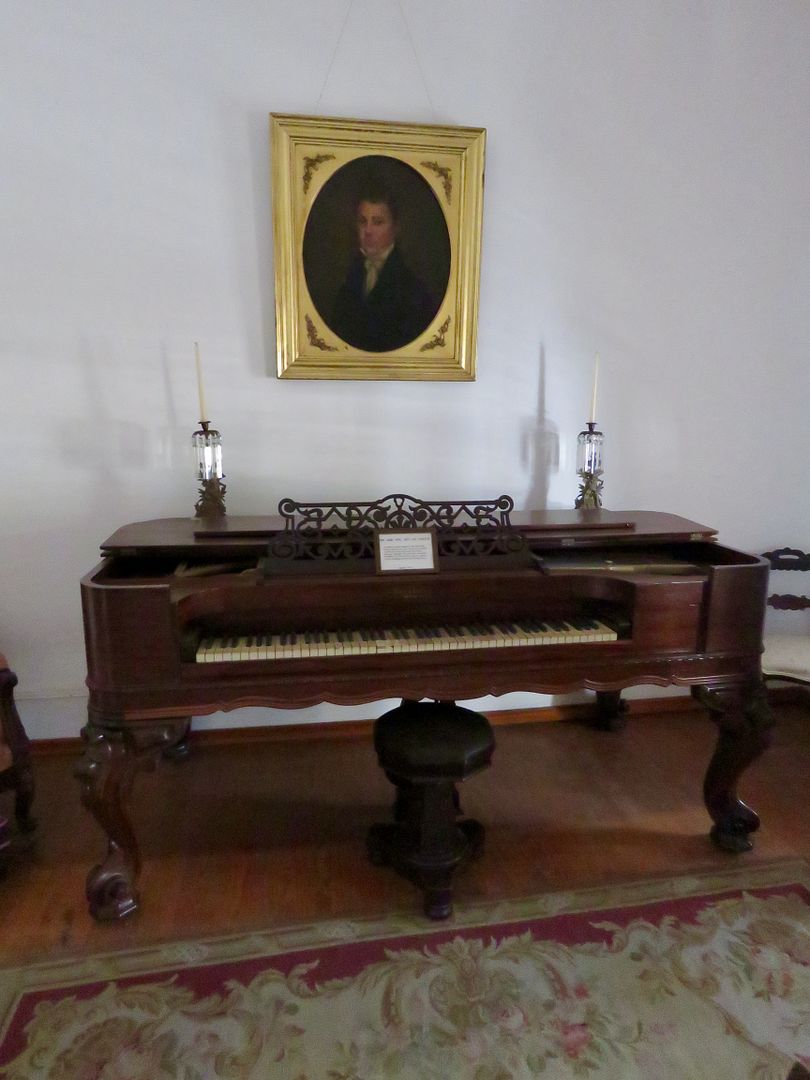

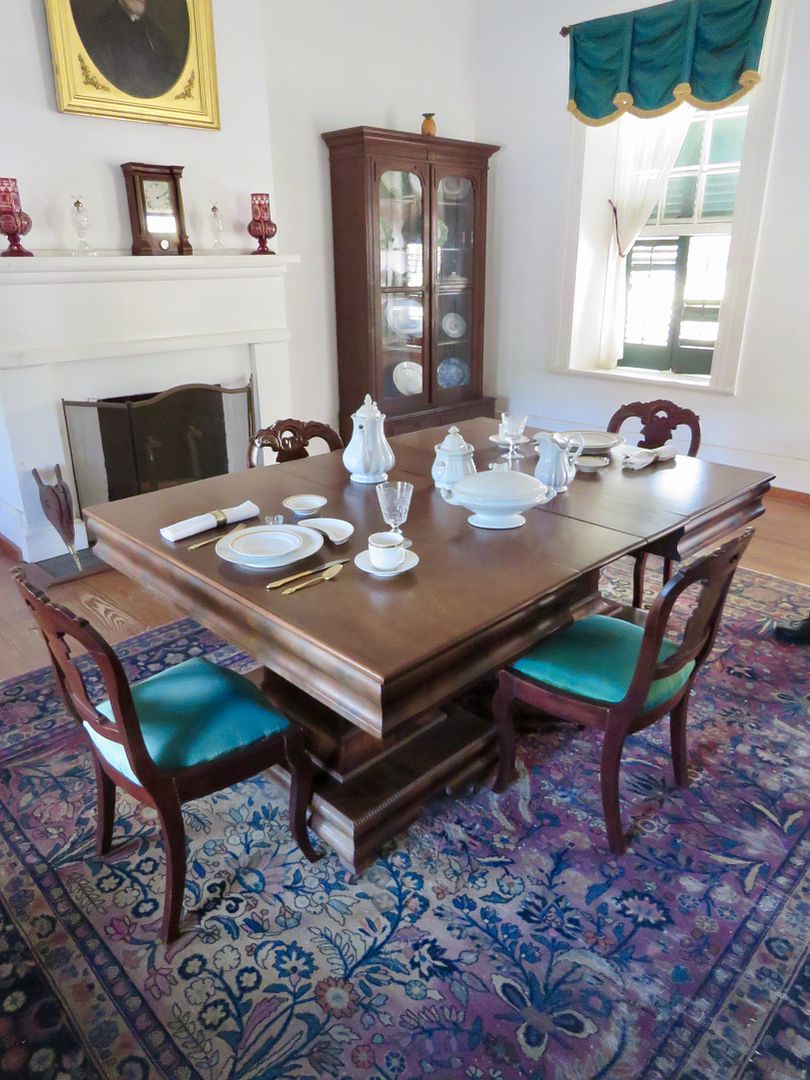
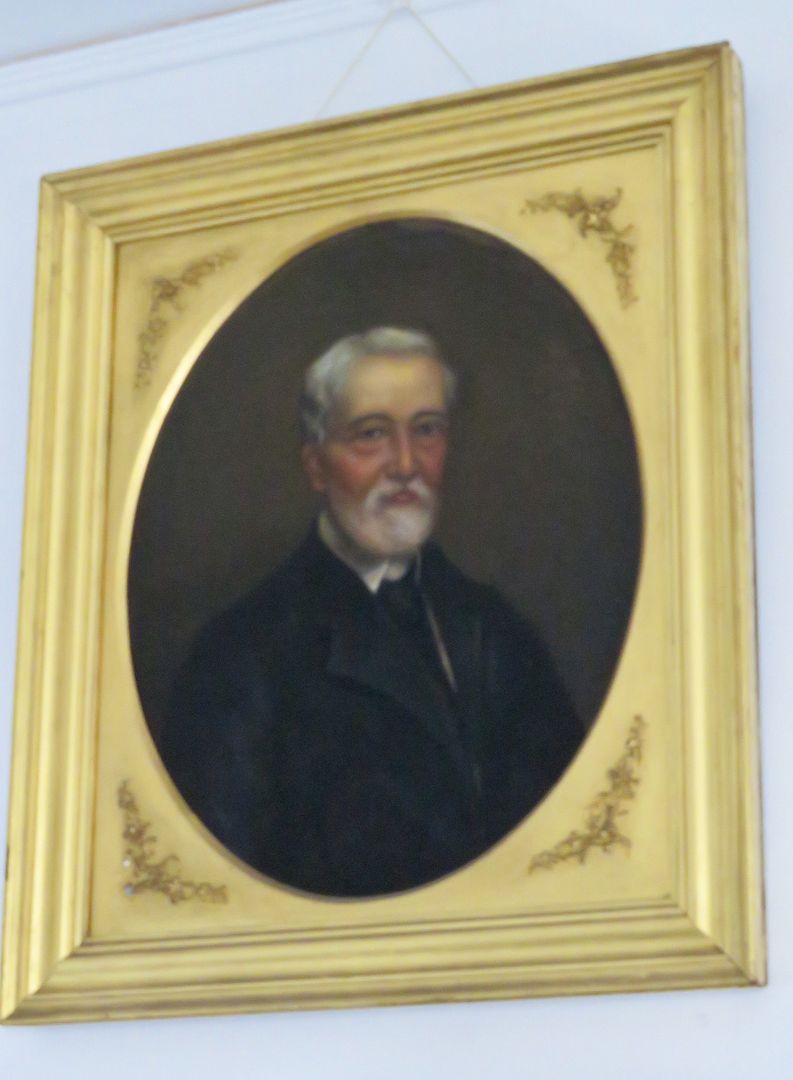

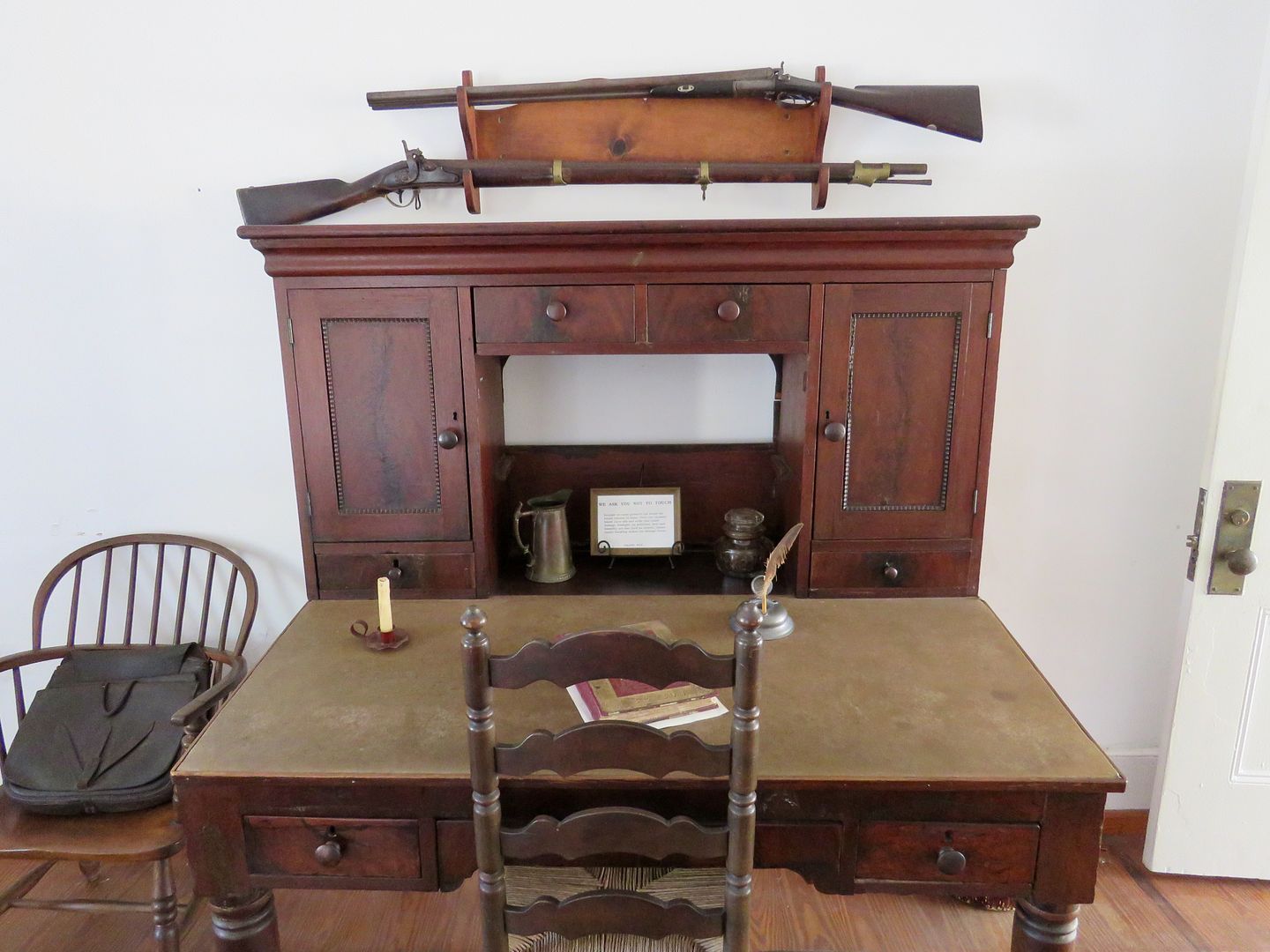
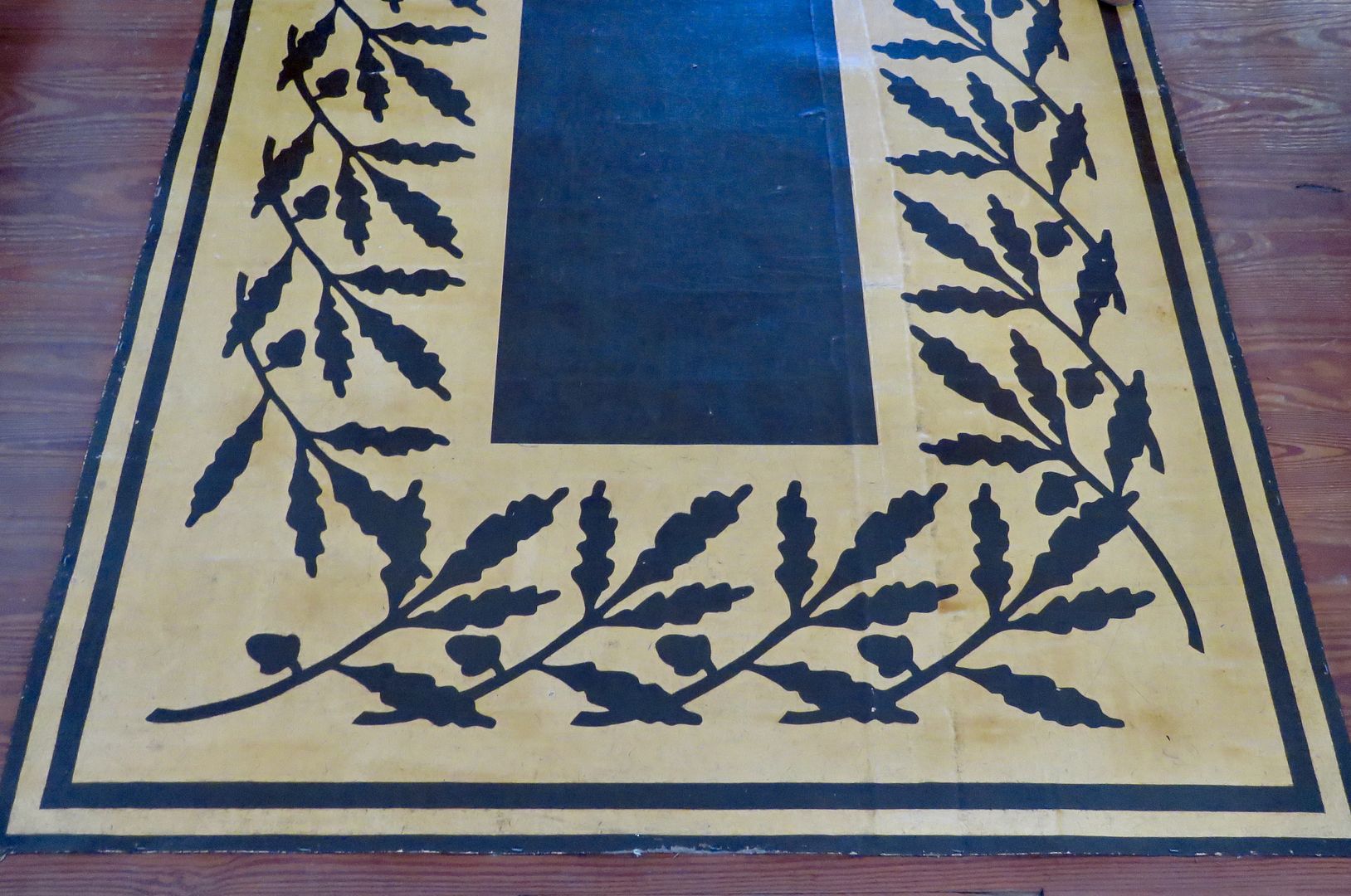
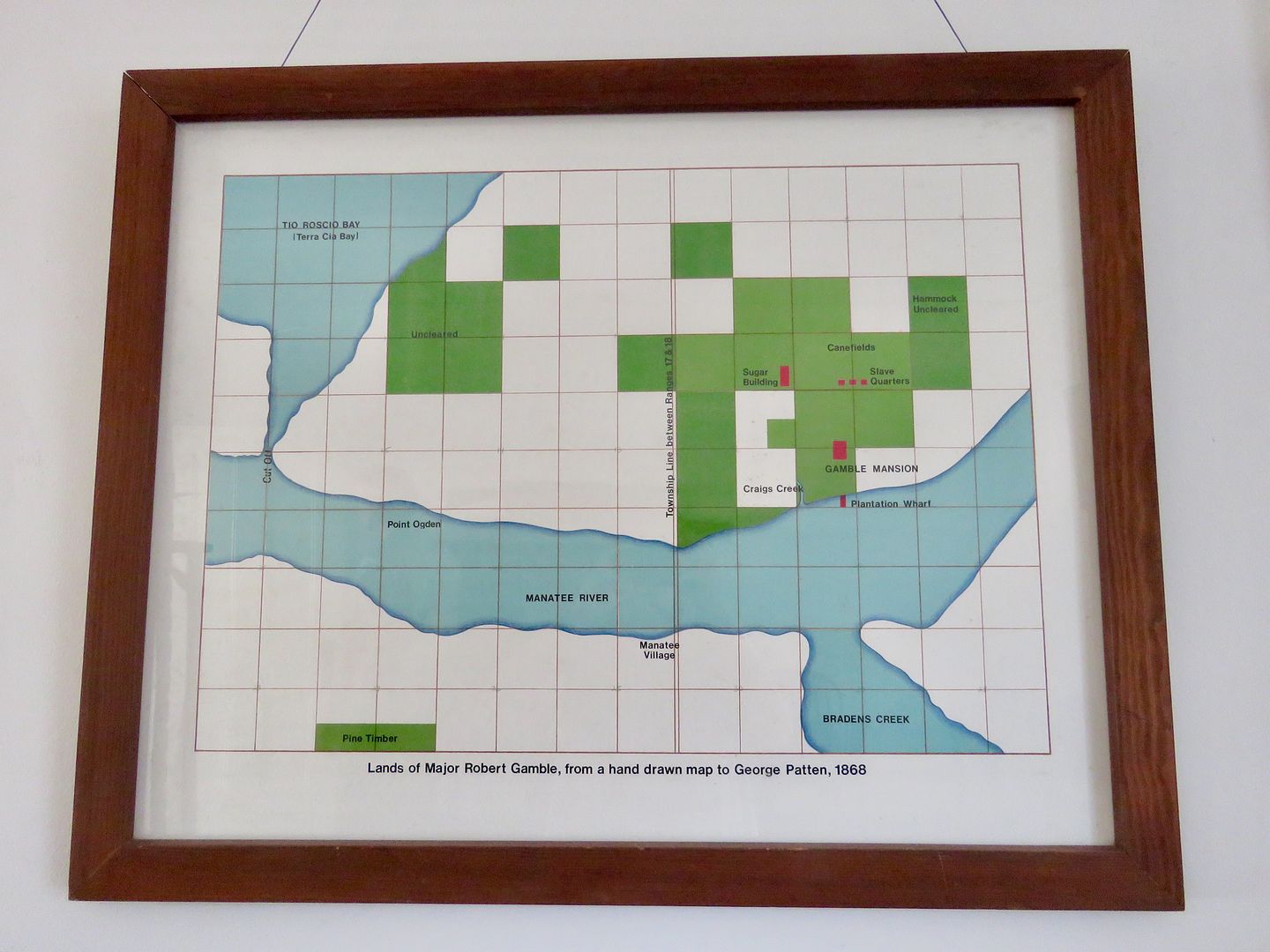
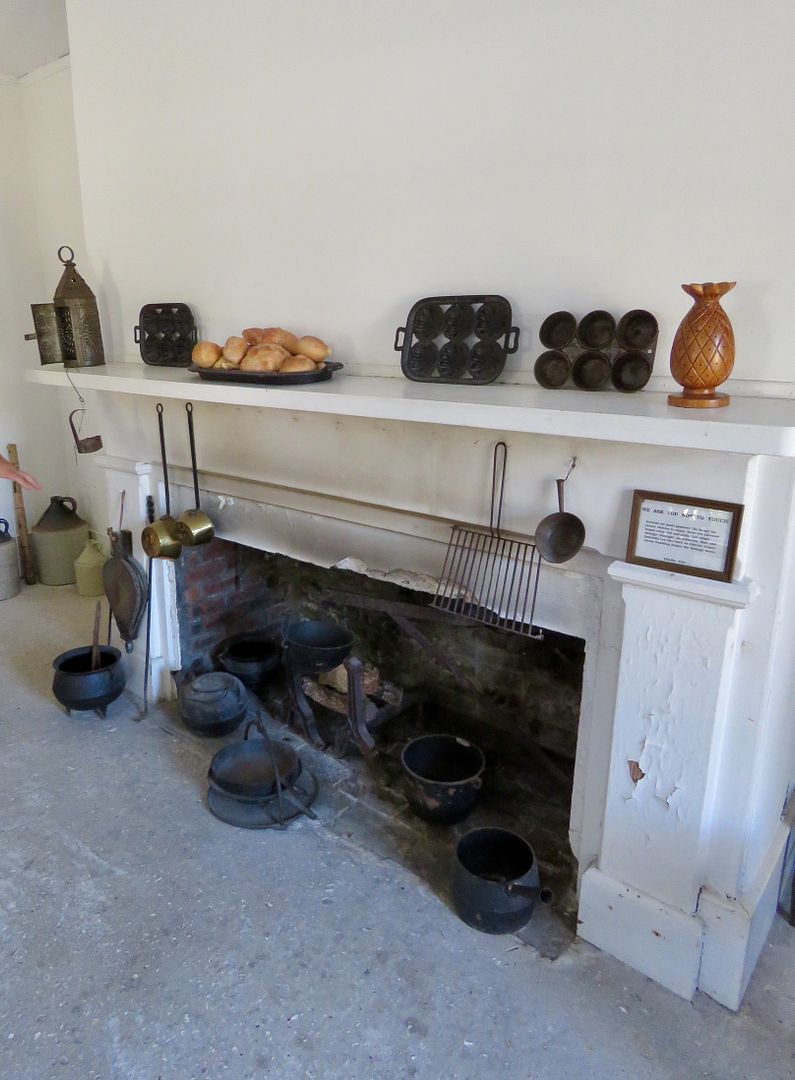
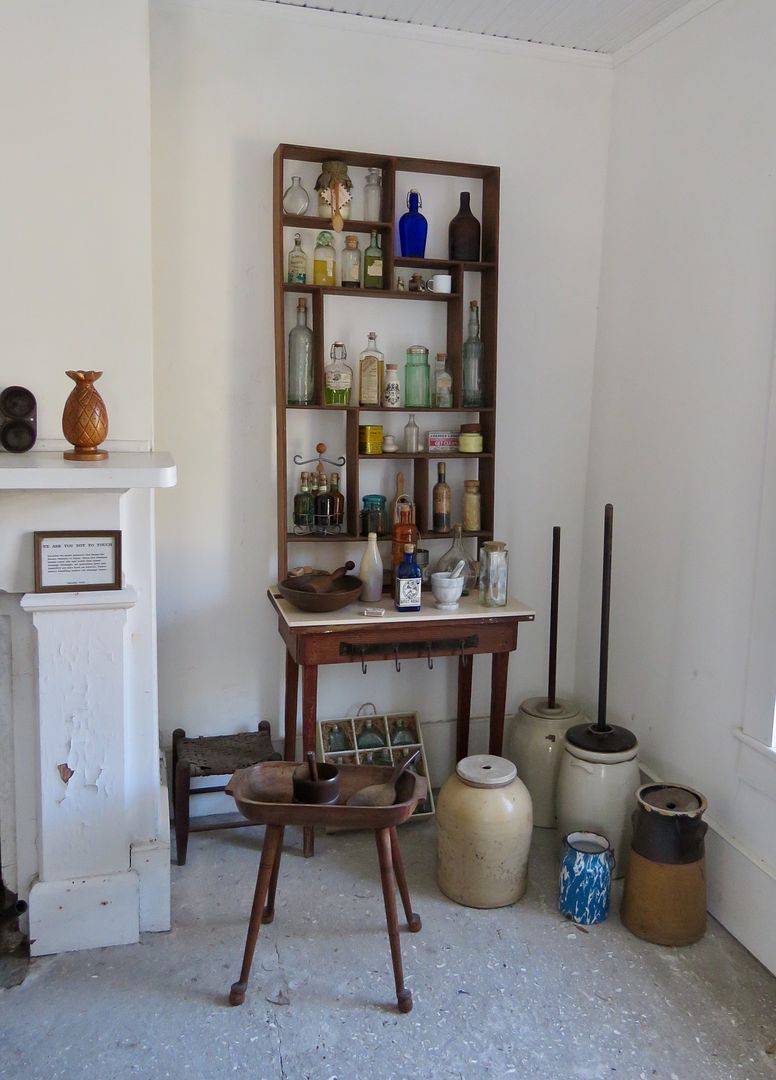
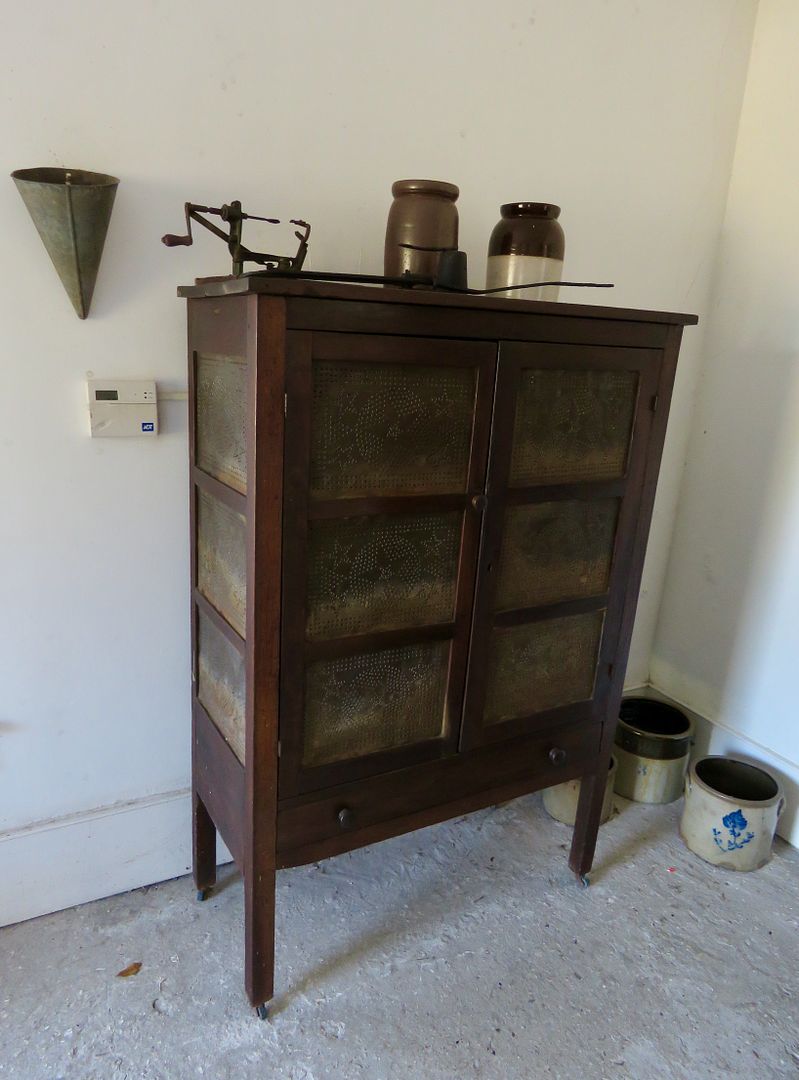
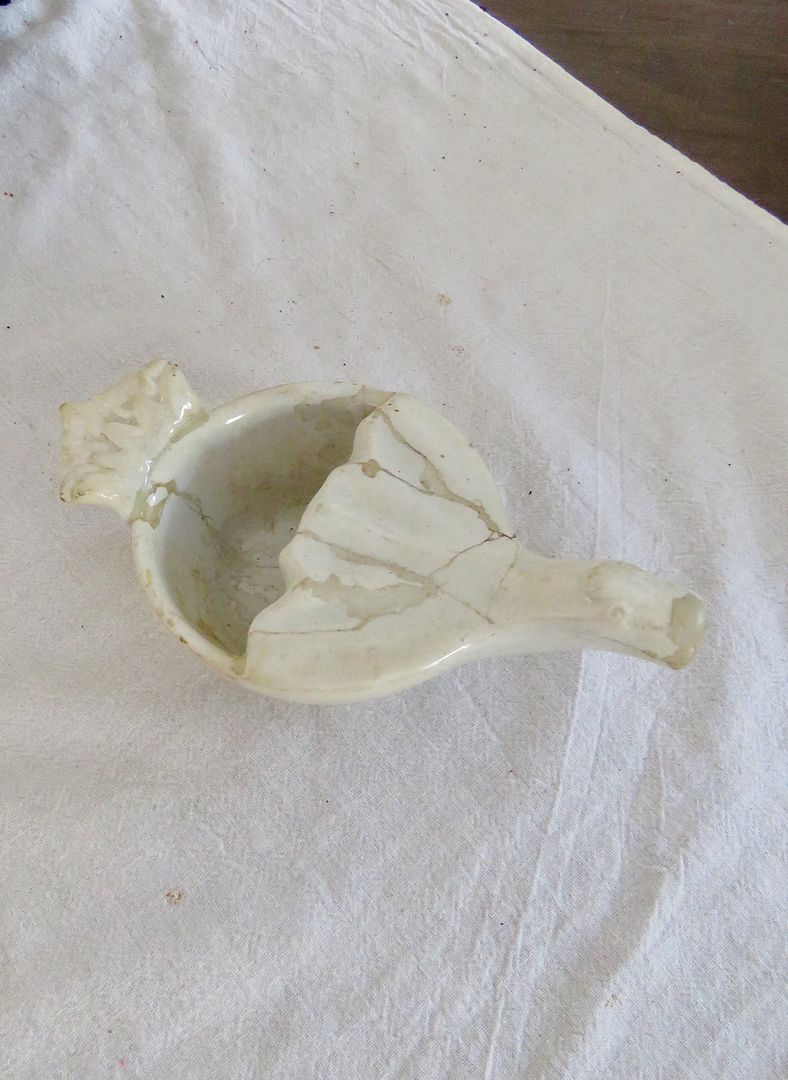

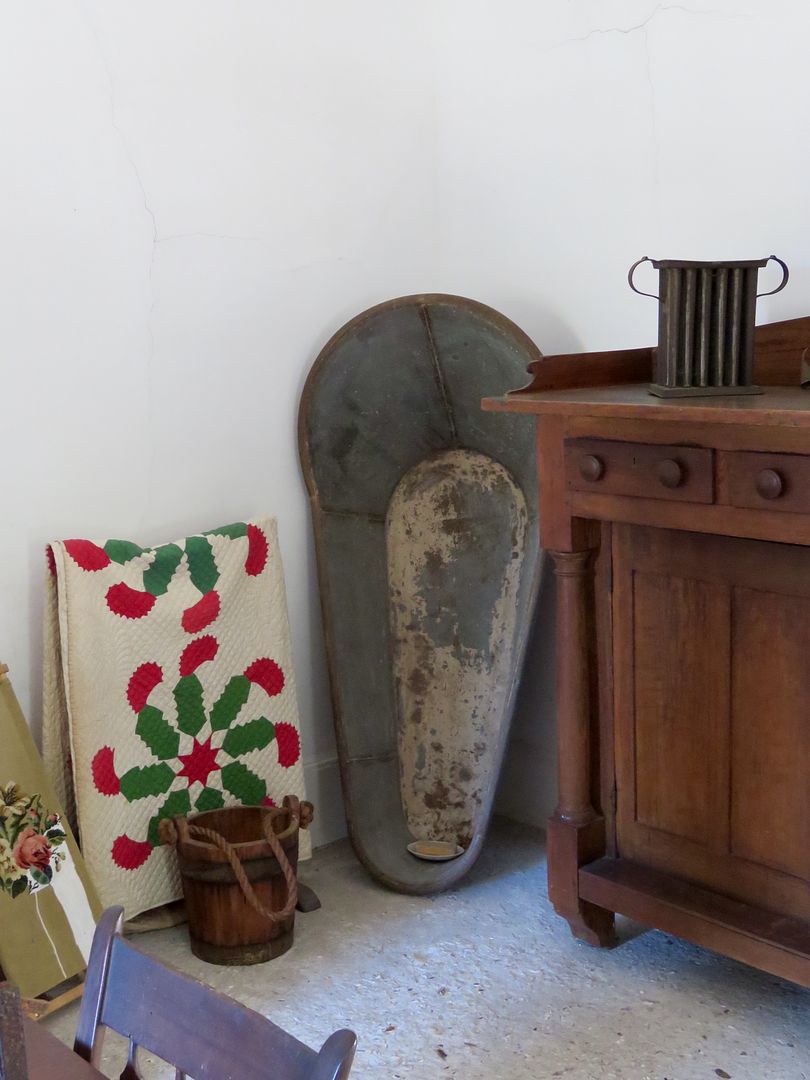
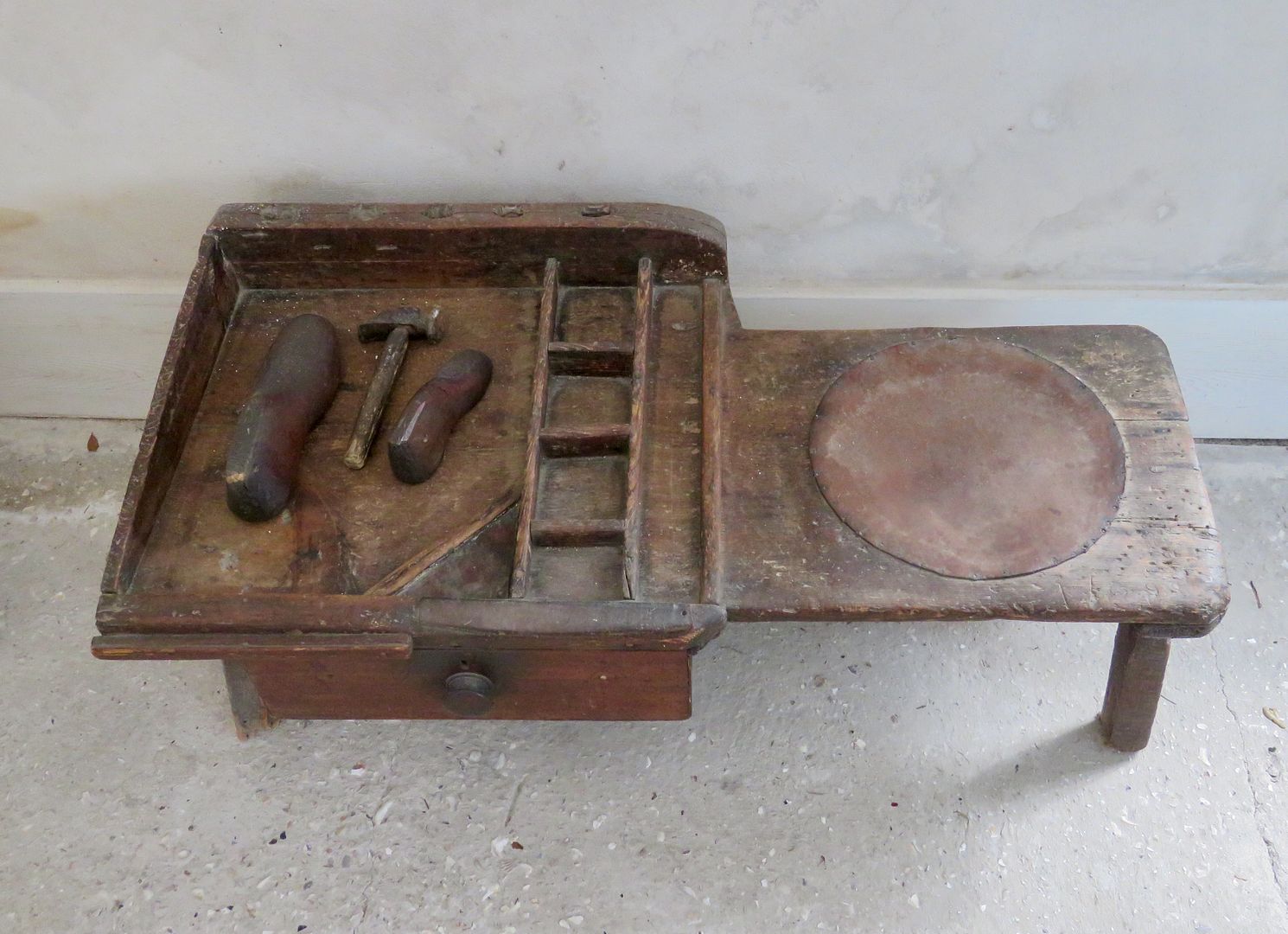
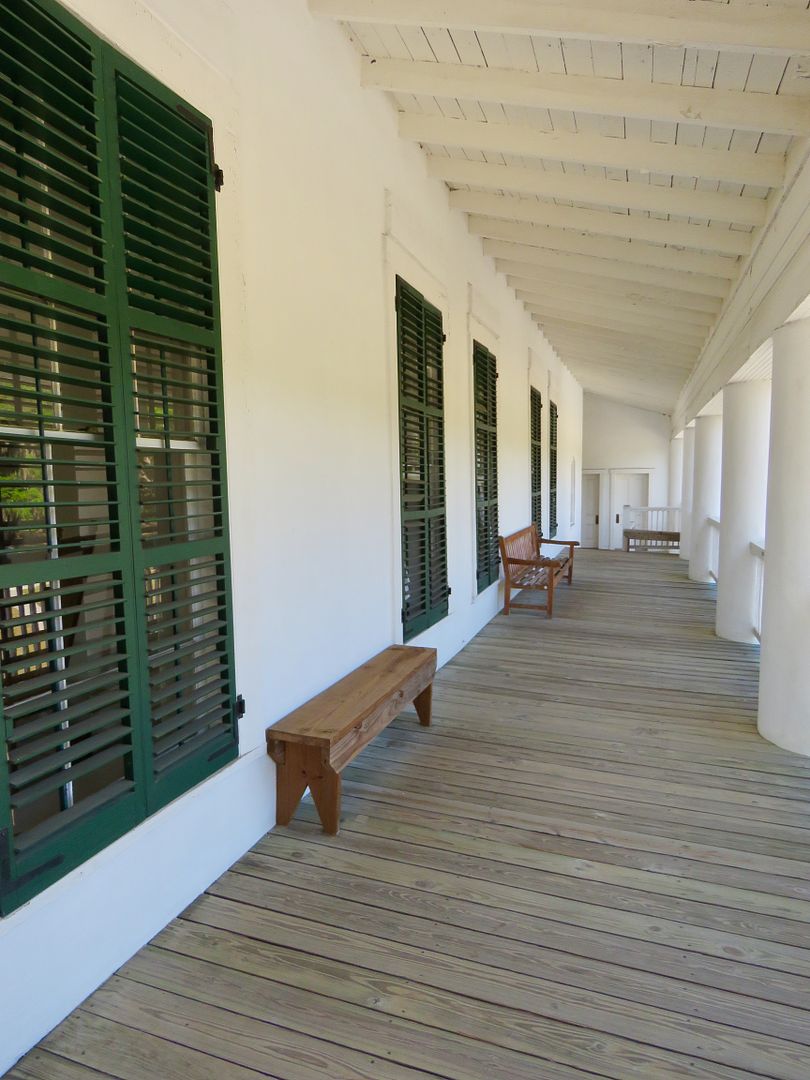
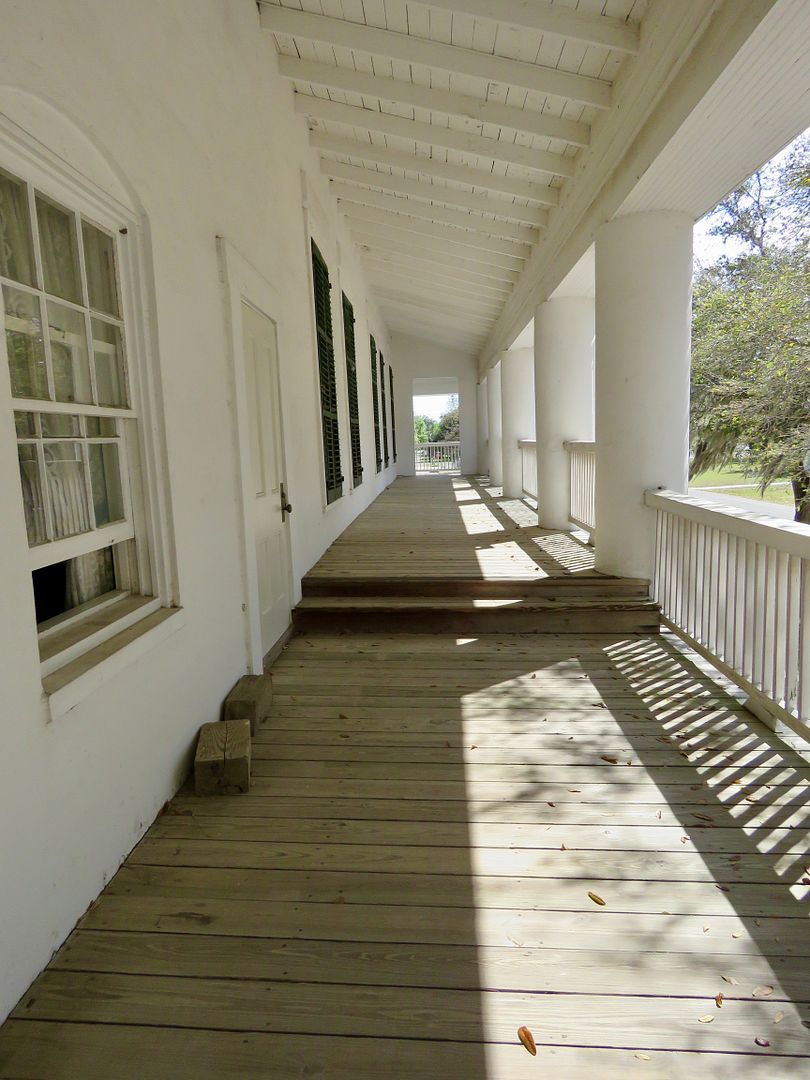

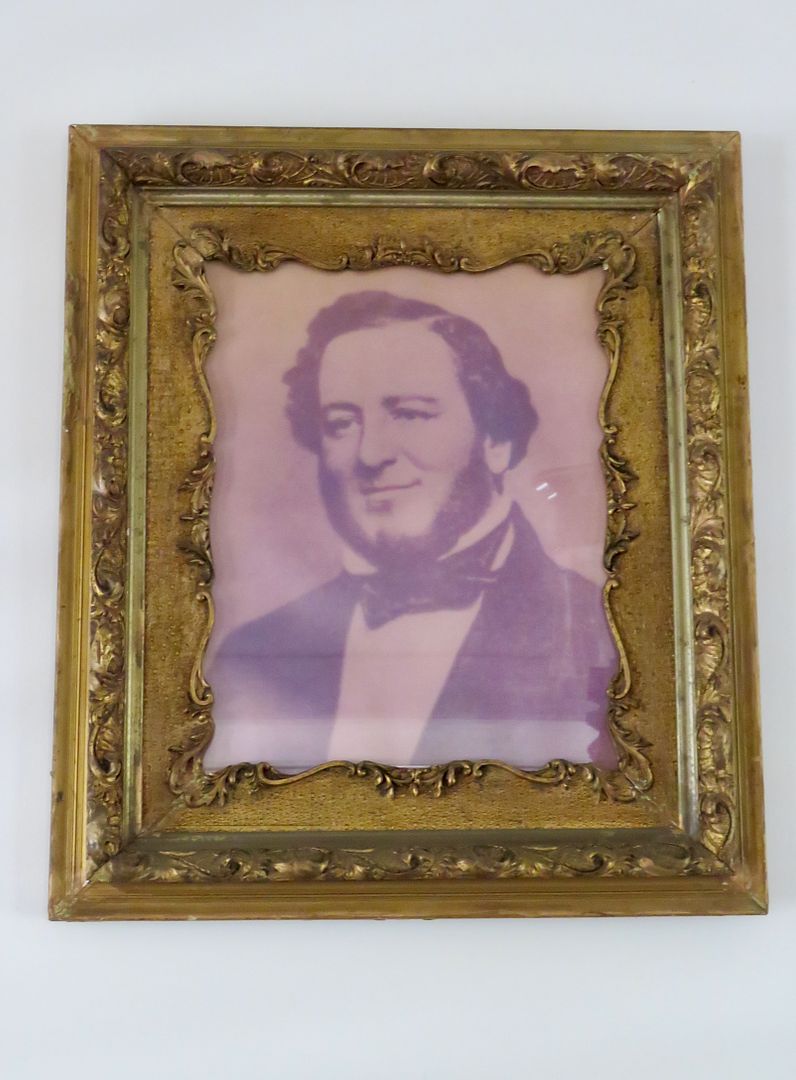
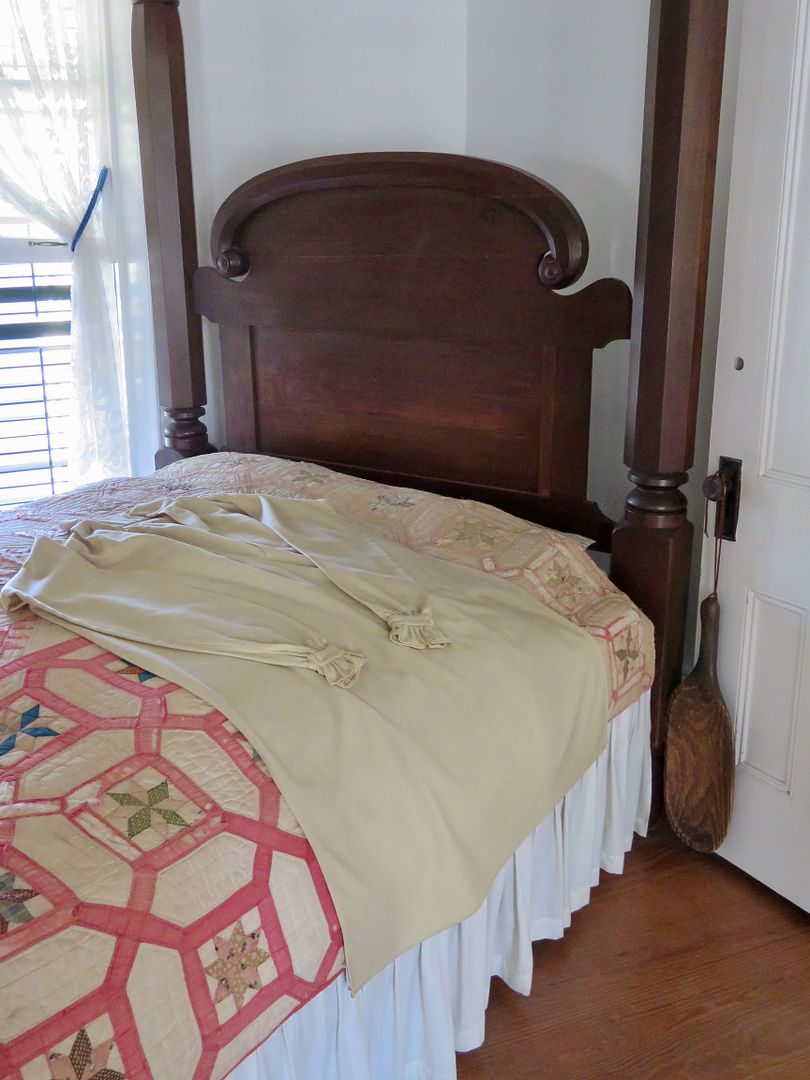
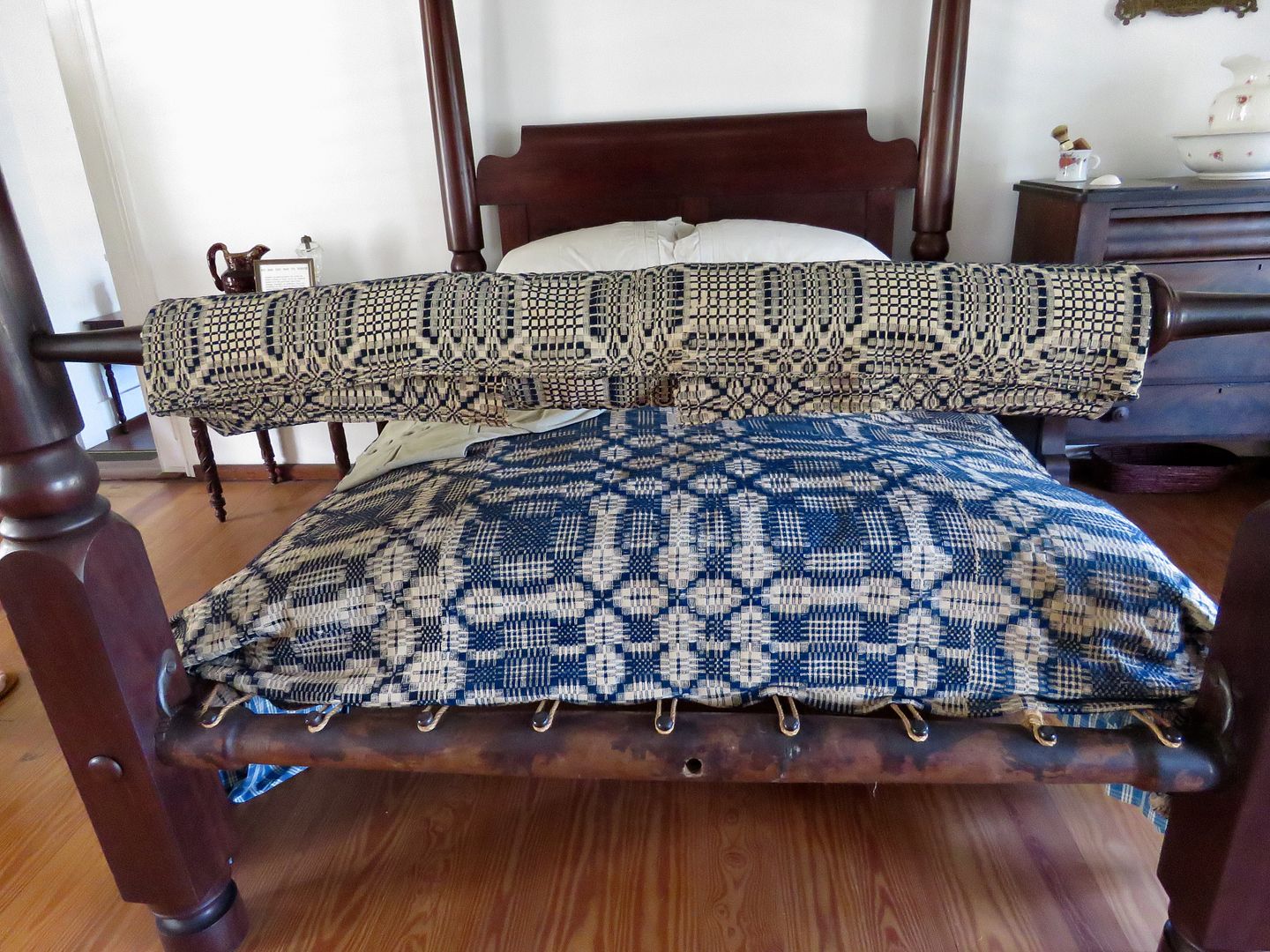
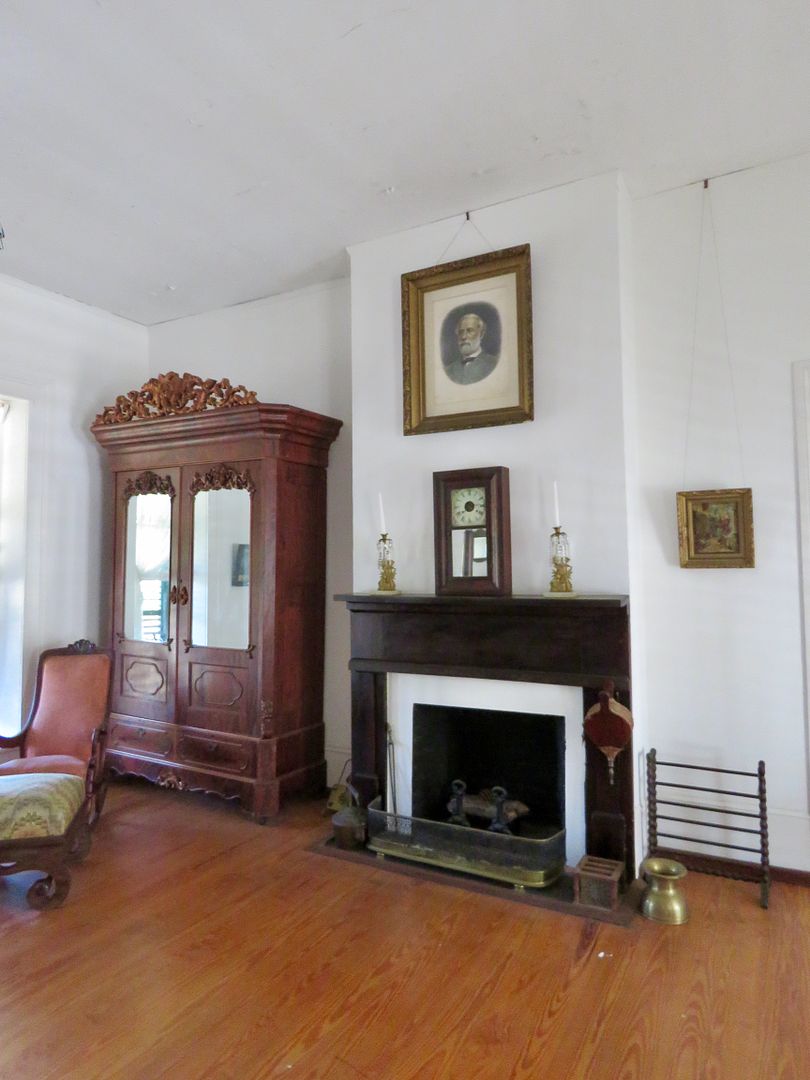

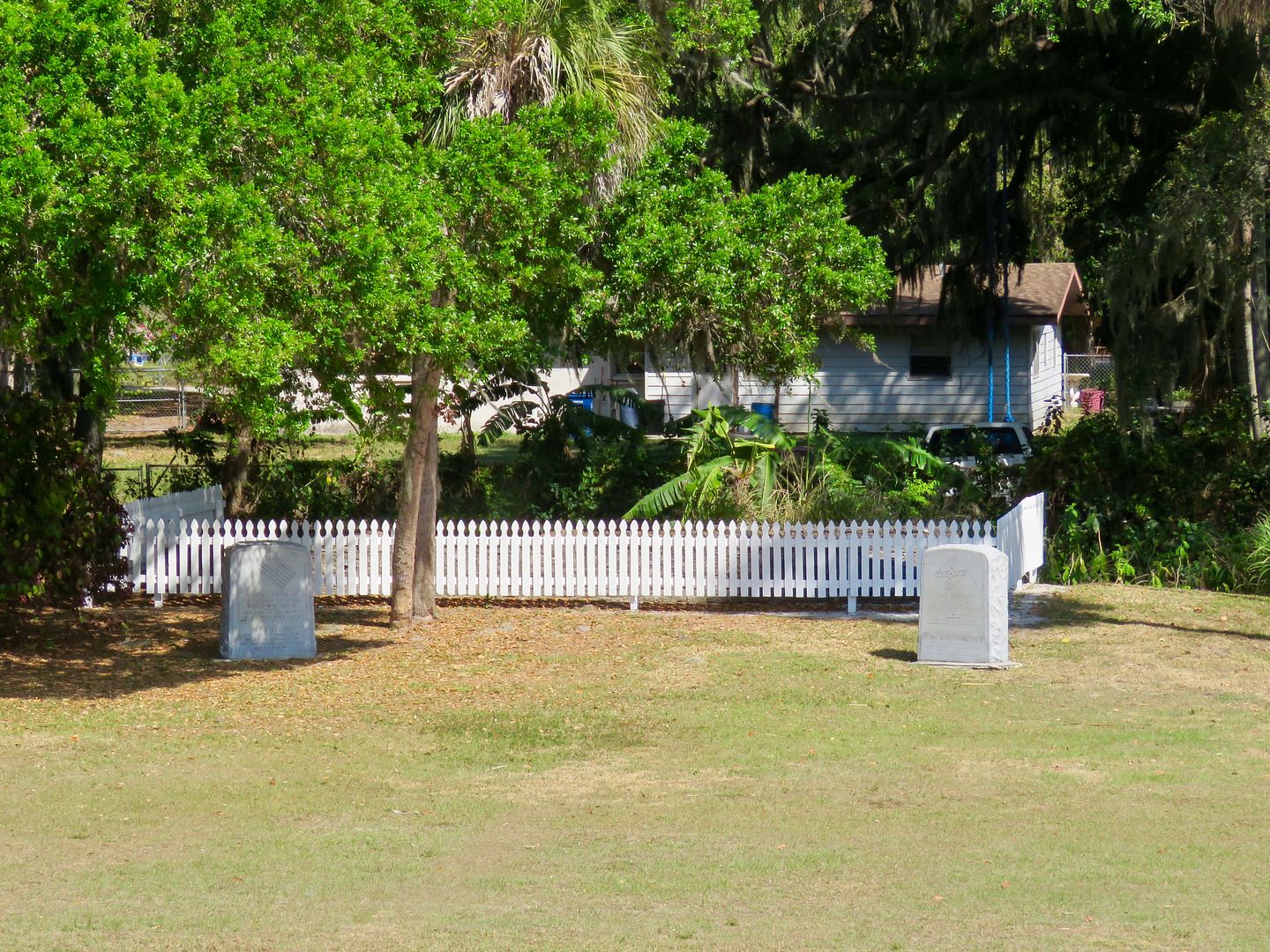
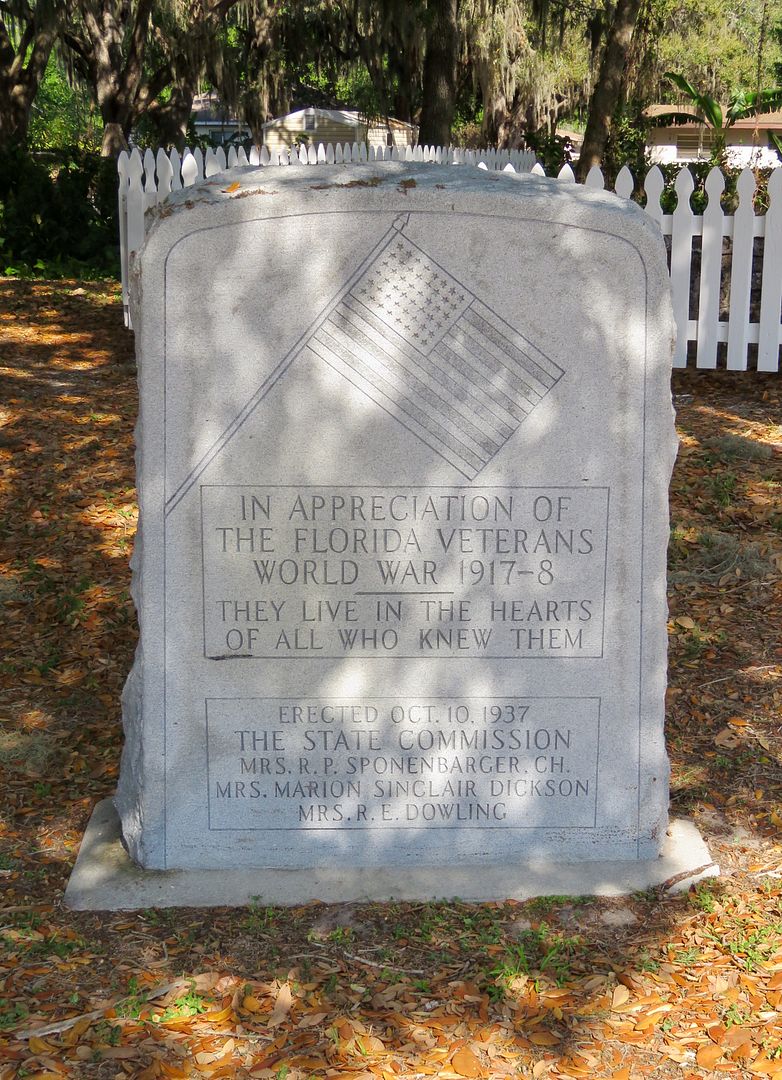
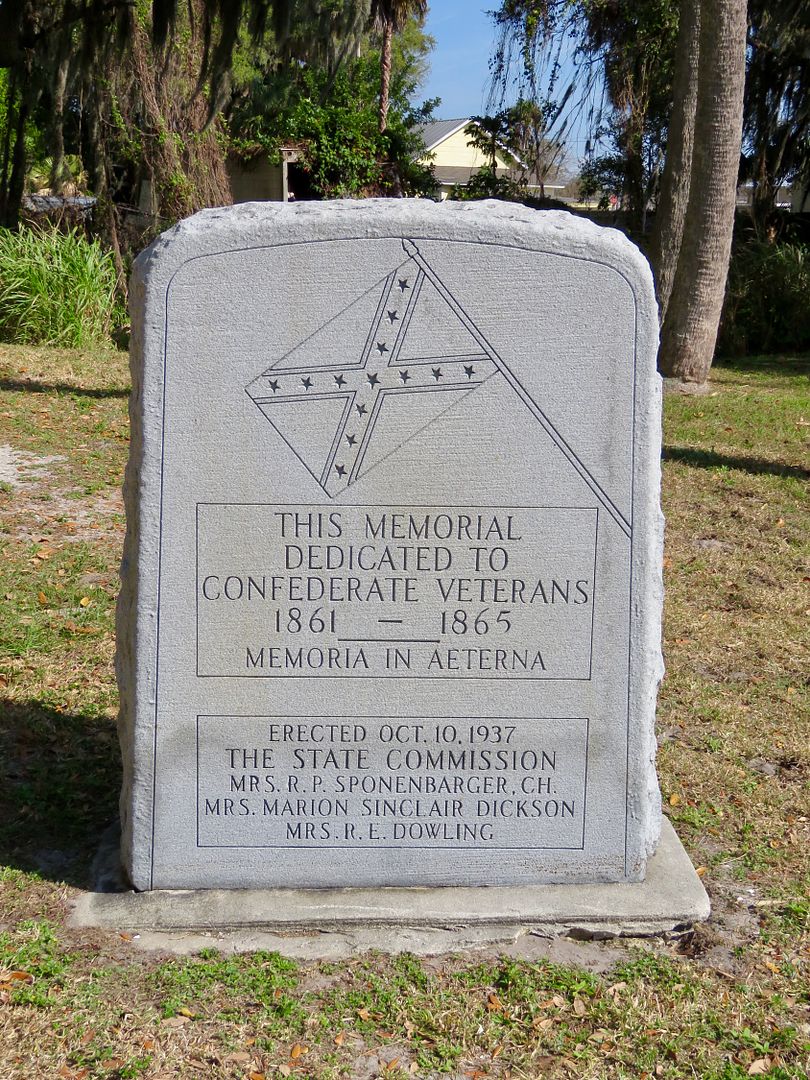


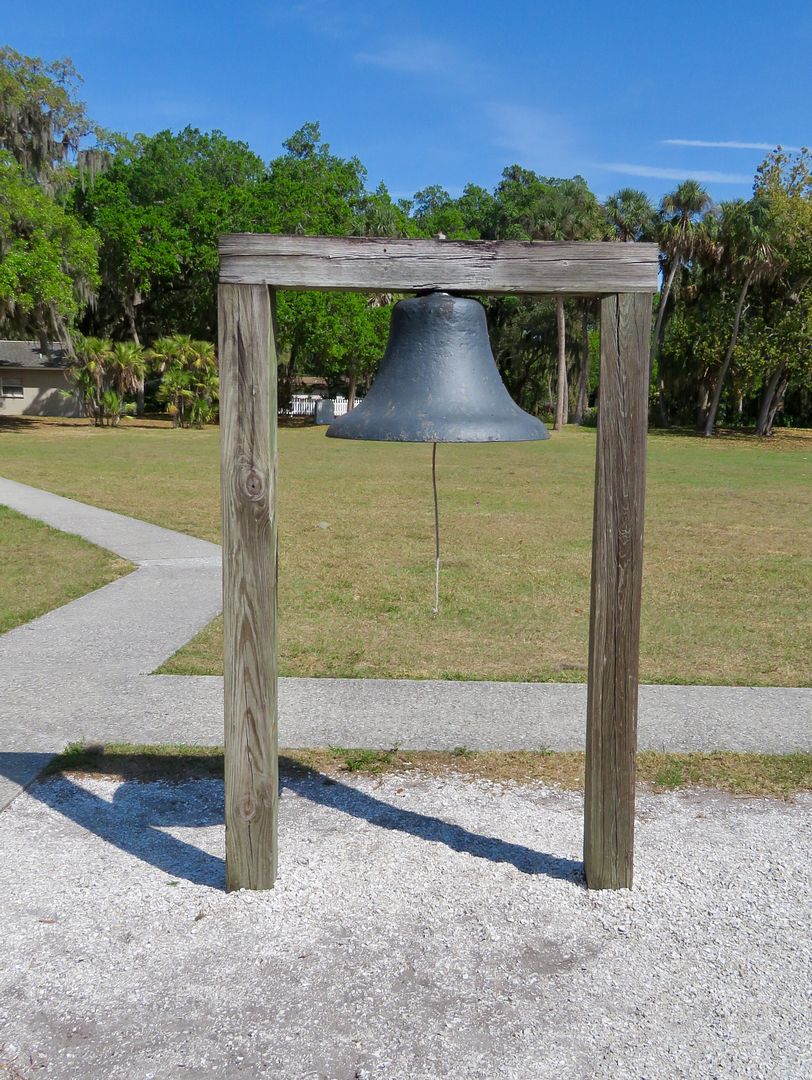
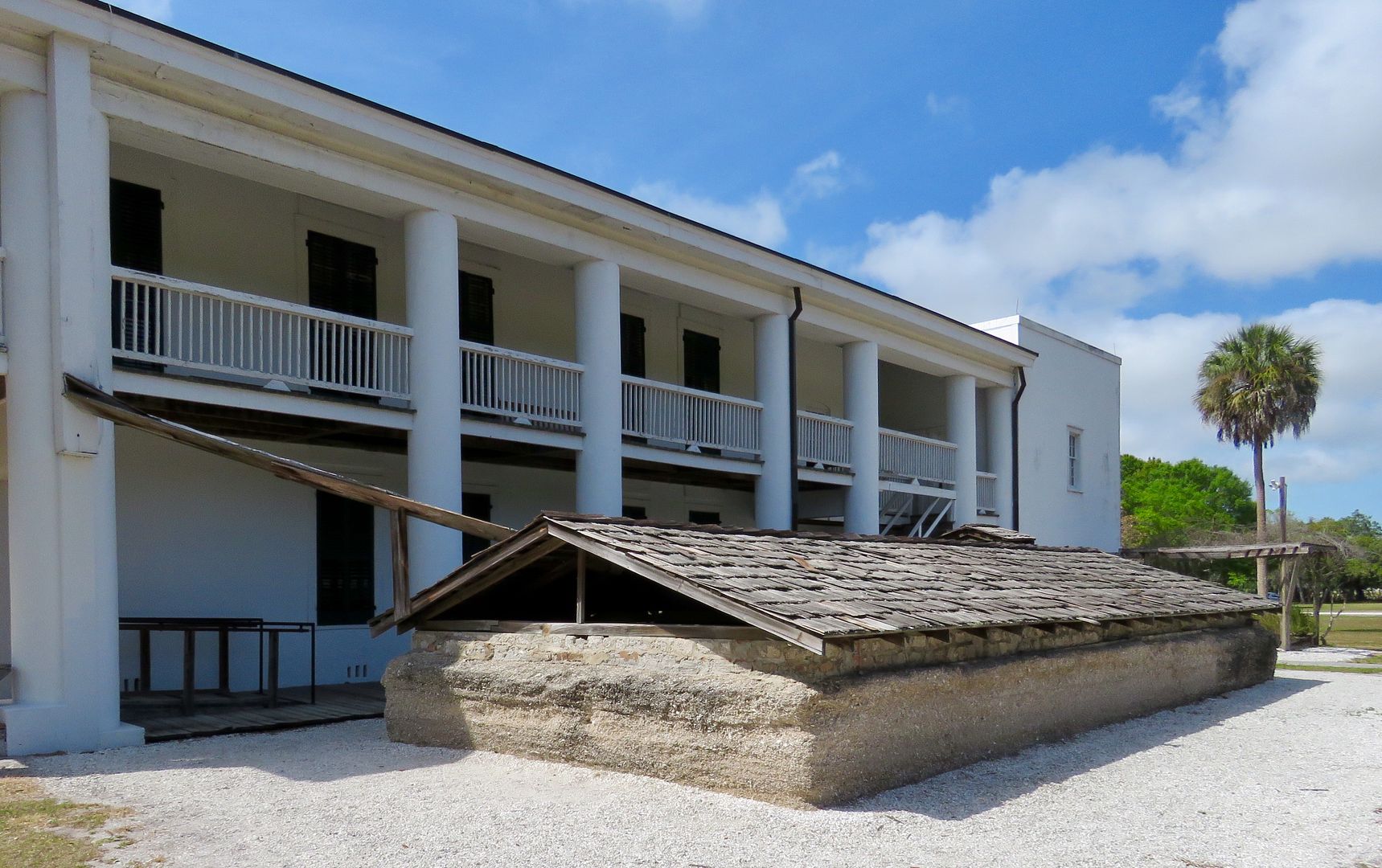
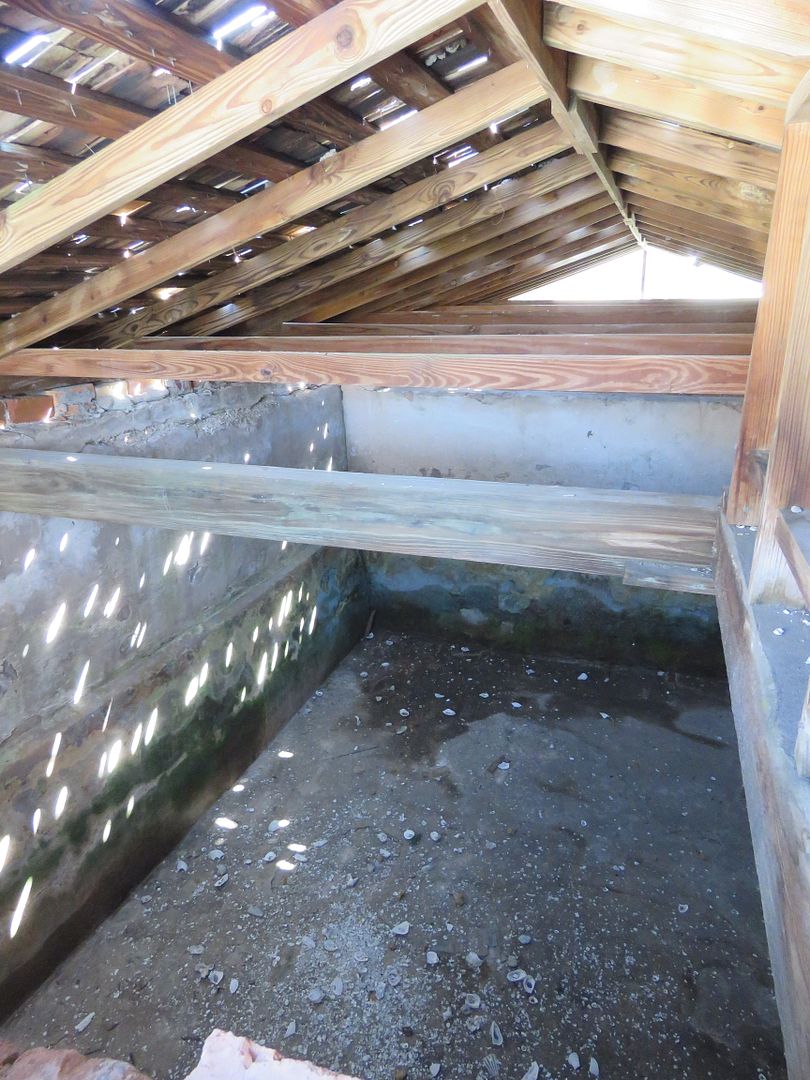
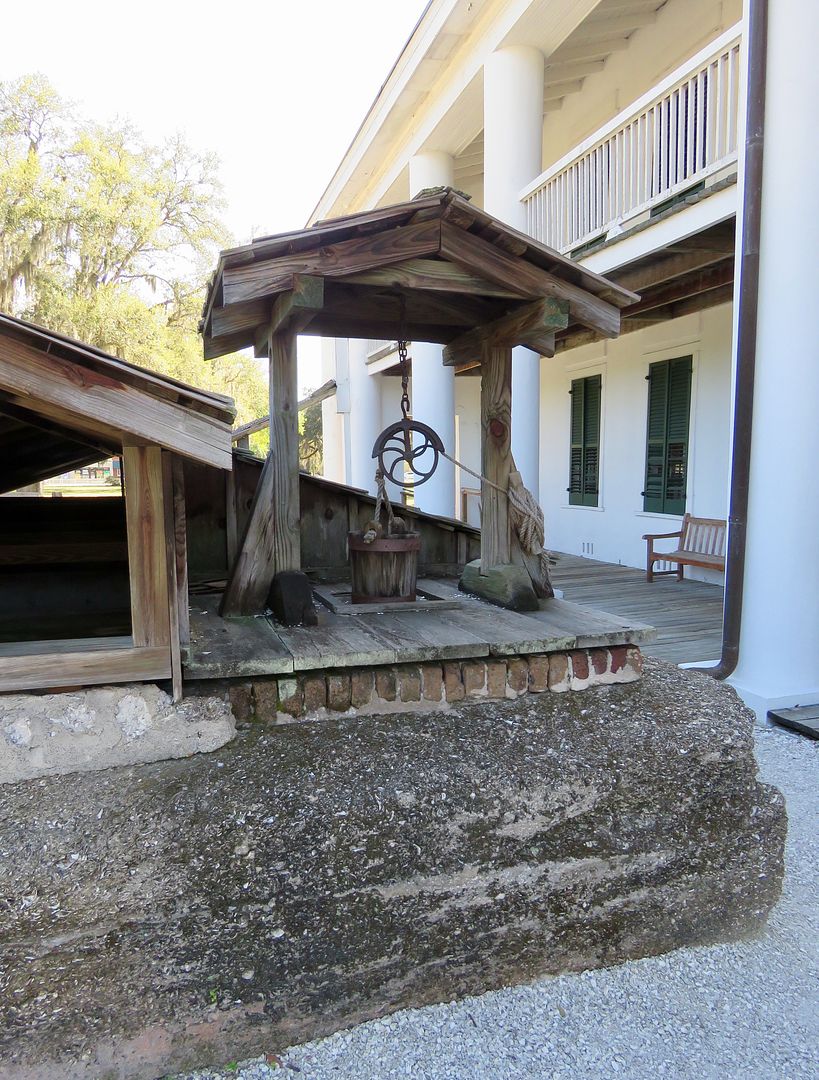

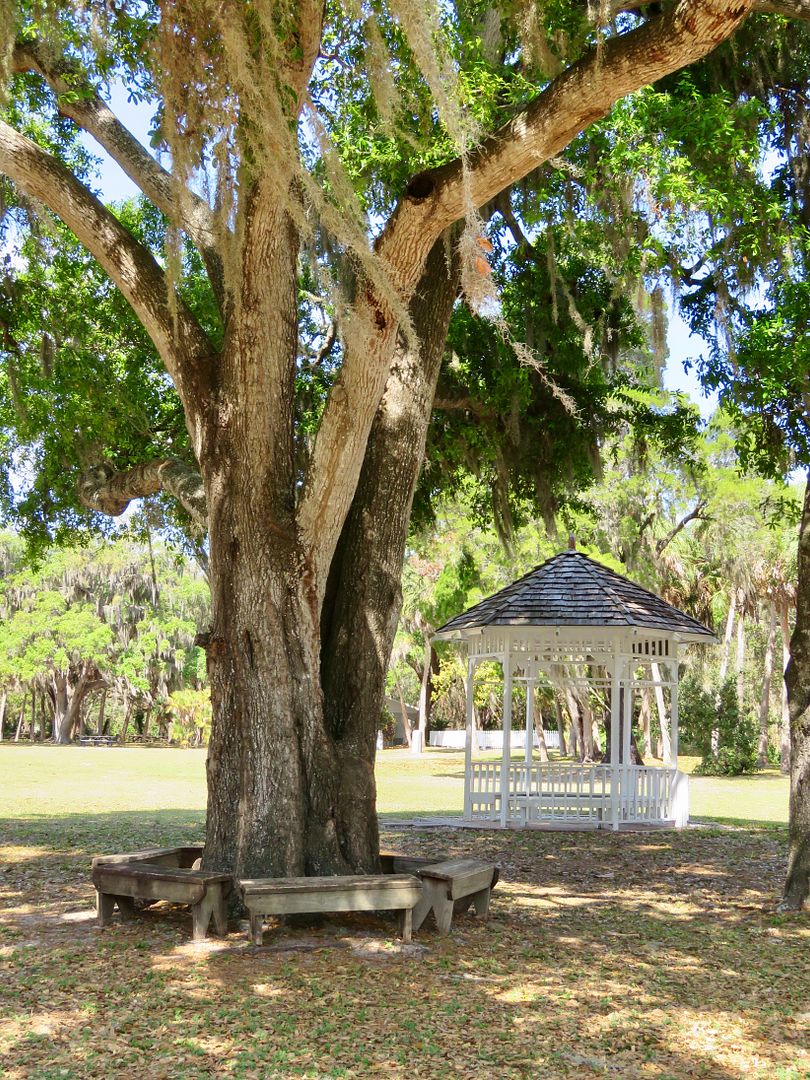

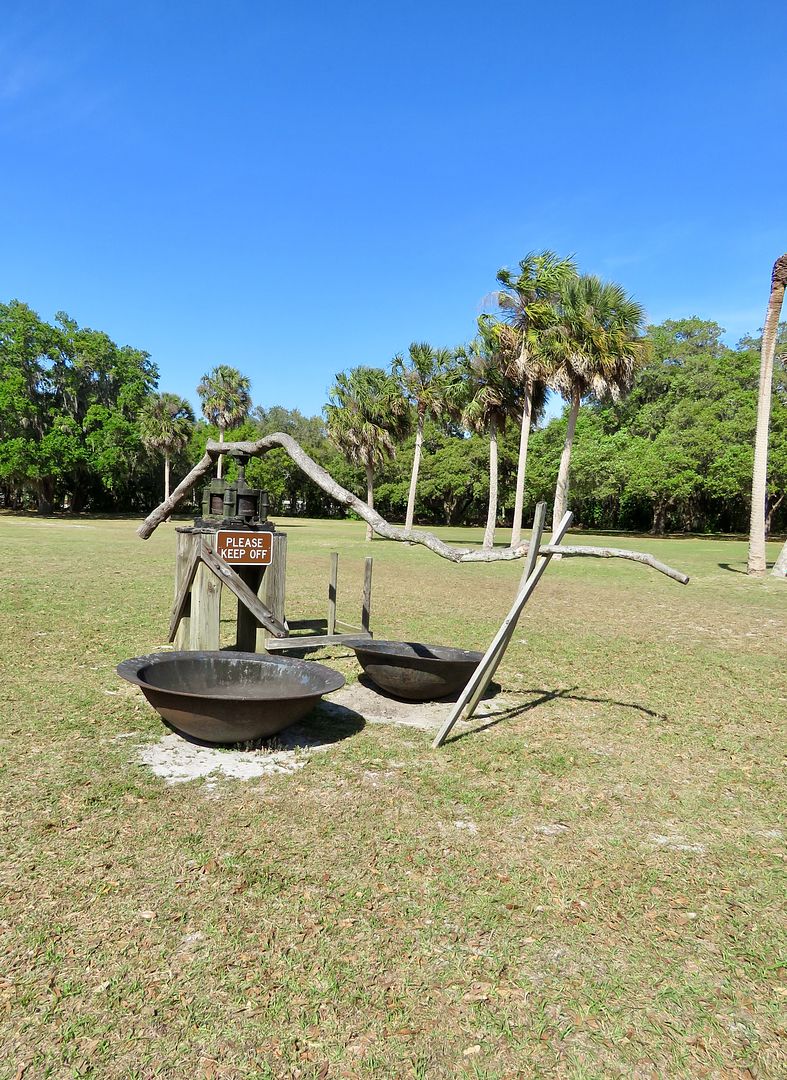
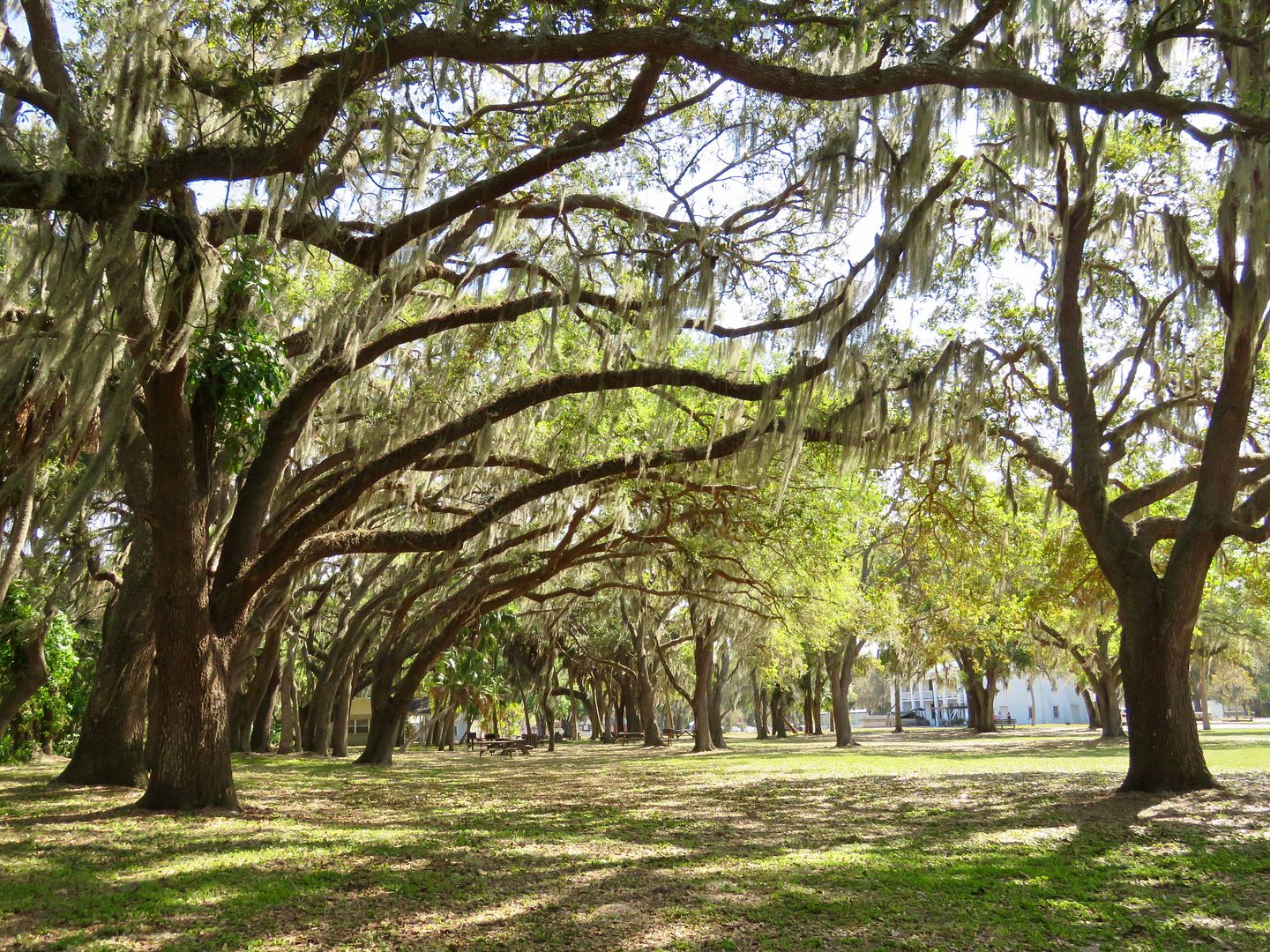
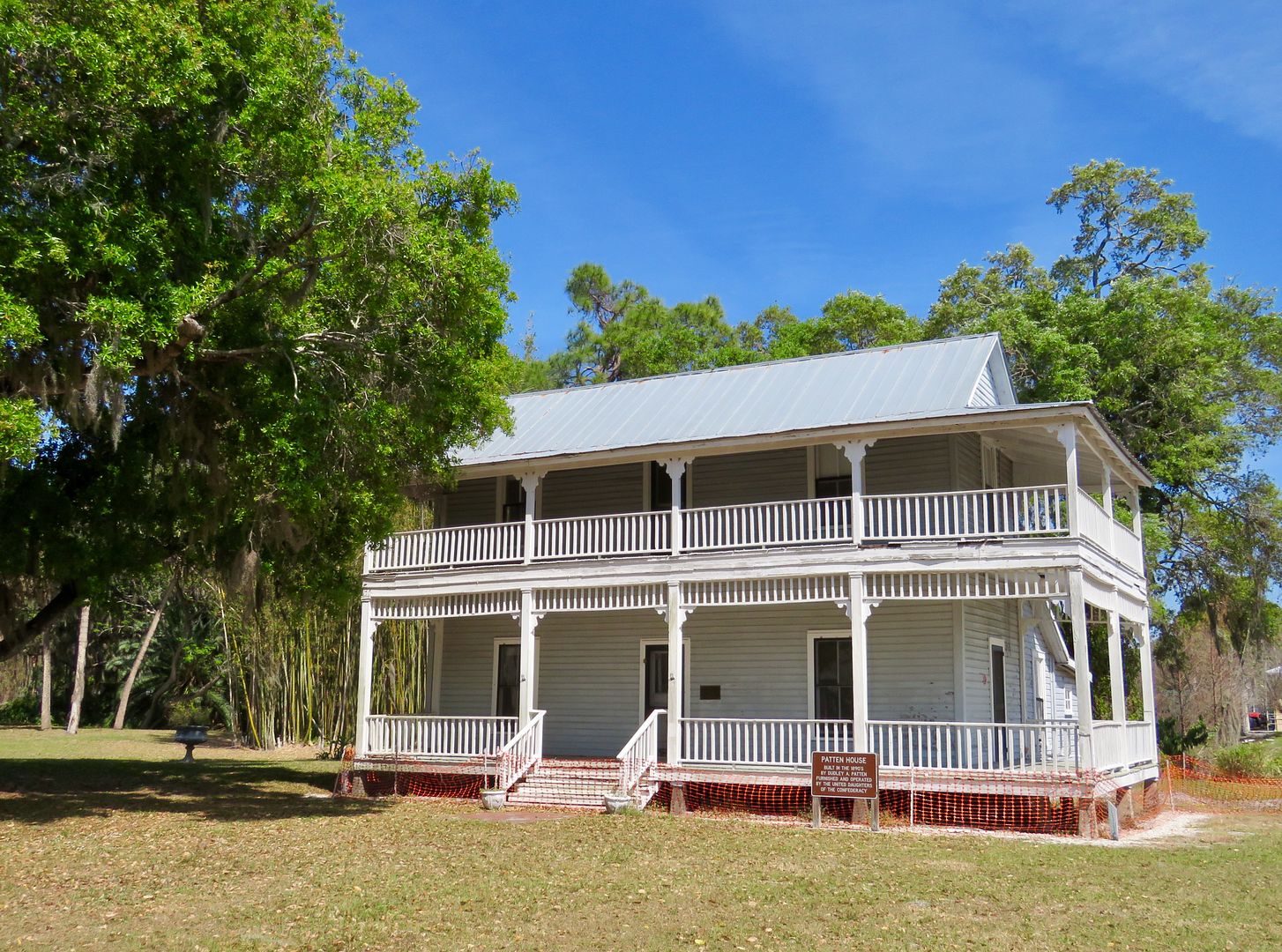



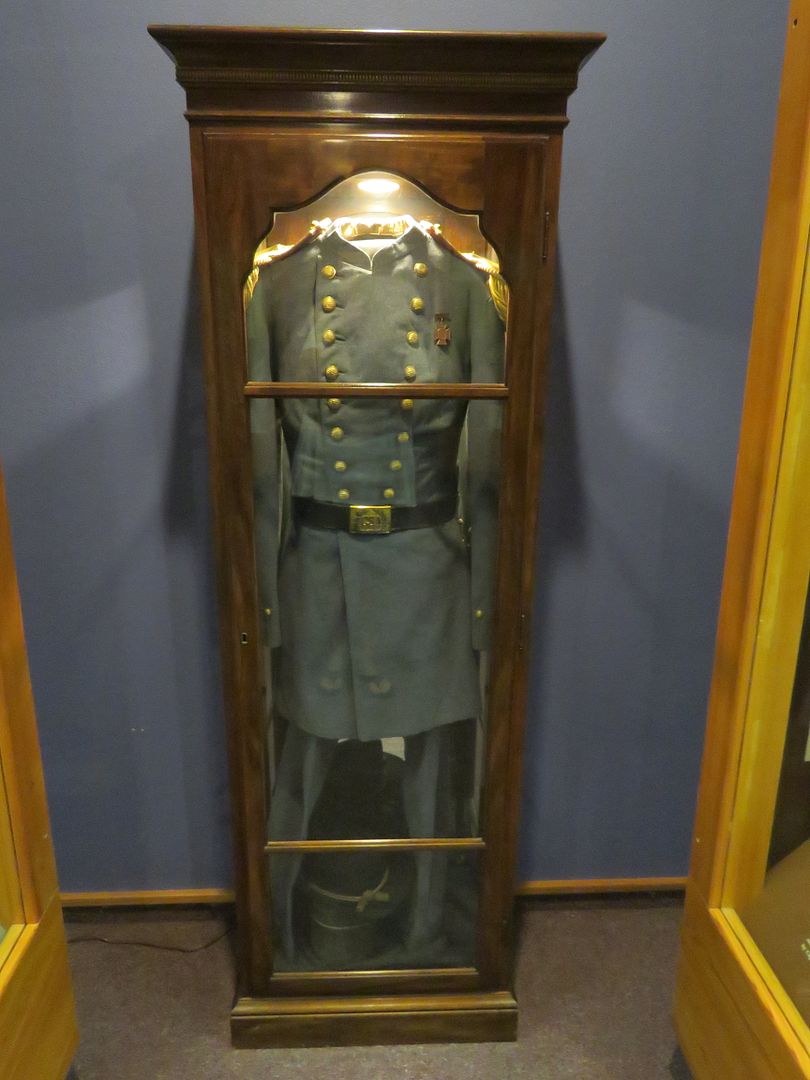
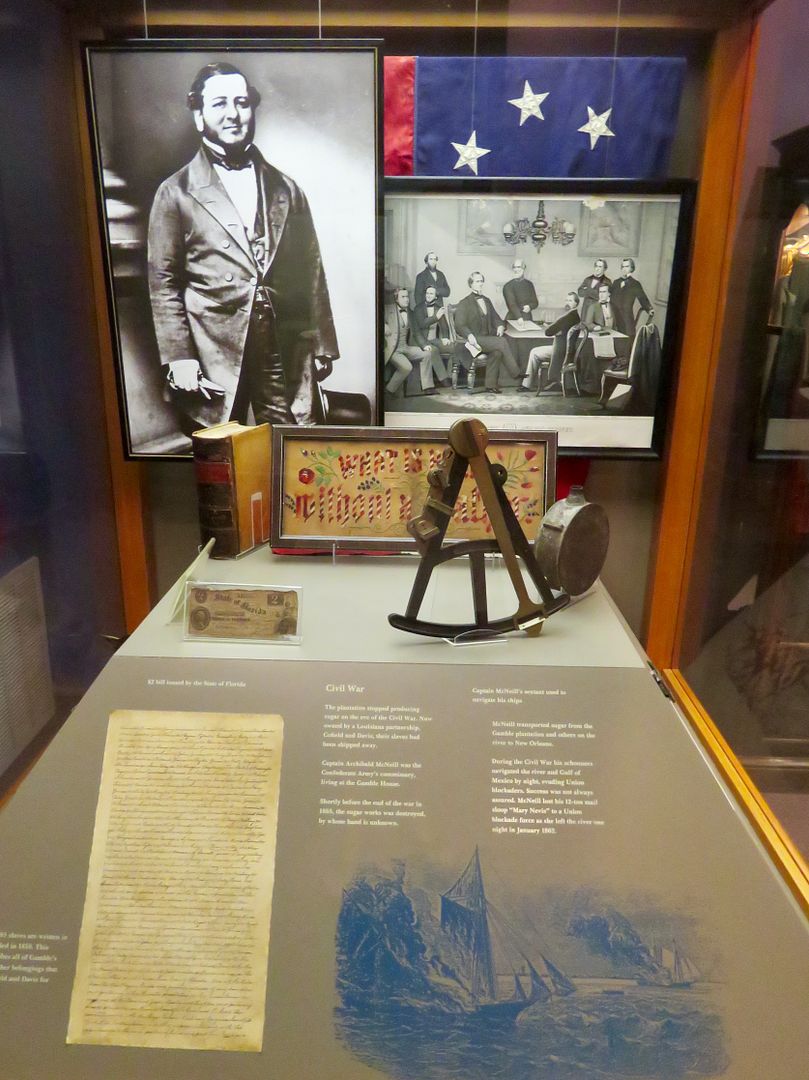

No comments:
Post a Comment